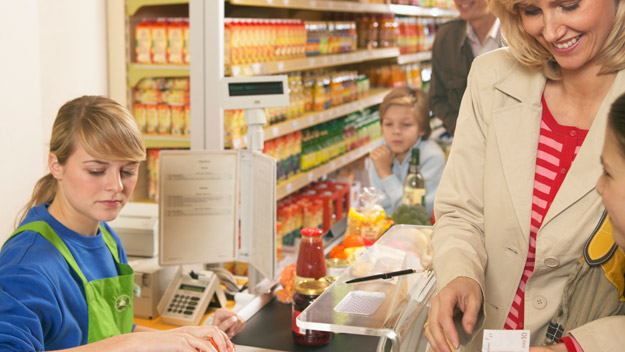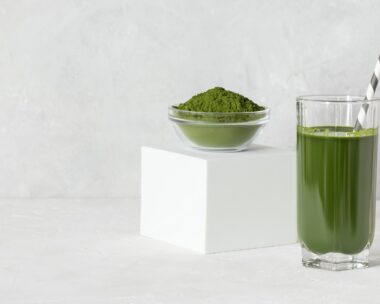With prices on the average grocery bill on the rise, it seems that fresh fruit and vegies are often blamed for spikes in cost — or even worse, are avoided in the name of the household budget.
So, are fresh fruit and vegetables really more expensive than their processed counterparts?
“The Real Cost of Healthy Food” report card examines this question, comparing prices of fresh foods versus common processed alternatives. And you may be pleasantly surprised by the results.
Fresh foods top the class, often coming in dramatically cheaper than processed alternatives. In fact, fresh foods remain the cheaper option even when taking into consideration seasonal changes in prices.
Here are some examples: Just compare a rolled-up fruit bar at $25.80 per kilo to an average of $4.30 per kilo of apples, or potato chips at $19.90 per kilo compared to popcorn kernels at only $3 per kilo. These are remarkable differences and equivalent to savings of around 85 percent.
Similarly, a small can of baked beans with two slices of wholegrain toast, at a cost per kilo of $5.75, will cost you half the money of a pastie, at a cost per kilo of $10.80.
While shopping smart and making savings you are also buying foods that are fresh, less processed and better for you. It’s great for your body and your budget!
Buying seasonally can help you make further savings. Seasonal fruit and vegetables are often cheaper and fresher. You can also opt for dried, frozen or canned alternatives to save. For example, frozen mixed vegetables are handy for long-term storage.
Here are some more practical examples to help cut your grocery bill:
Buy in bulk. Shopping once a week and buying bulk saves you time, money and unnecessary trips to the supermarket.
Cook it, freeze it. Thinking of takeaway or ready-meals? Save time and money by cooking large meals and freezing them in edible portion sizes for days you’re too busy or don’t feel like cooking.
Plan ahead. Think about meals for the week ahead and shop with a list. This will help you to avoid wasting money on food that will just go off, limit tempting impulse buys, and reduce the risk of forgetting items you may then pick up at more expensive convenience stores.
Waste none. Use leftovers for delicious new dishes.
Count your beans. Legumes are a great addition to many meals, provide protein and other essential nutrients, and they are cheap! Buy them dried or canned for easy storage.
Please note that costs are an estimate and they may be different for your local area.
For a copy of the “Real Cost of Healthy Food” report card, just visit www.gofor2and5.com.au.
Your say: How do you reduce your grocery bill? What are your favourite recipes? Share with us below.
This information is provided by the Sanitarium Nutrition Service.




